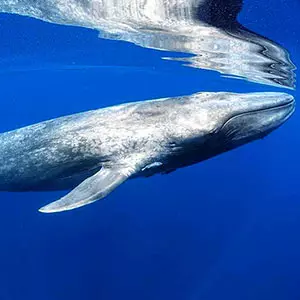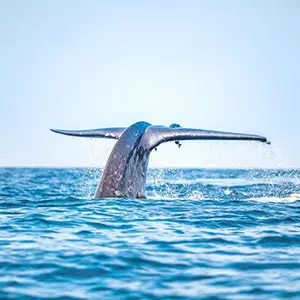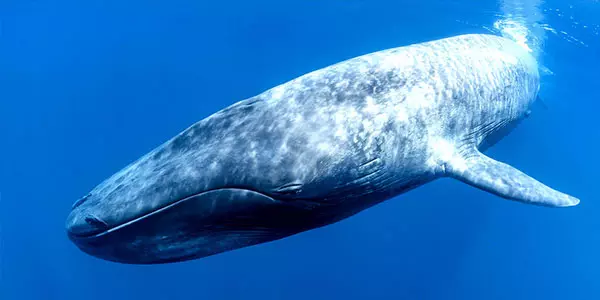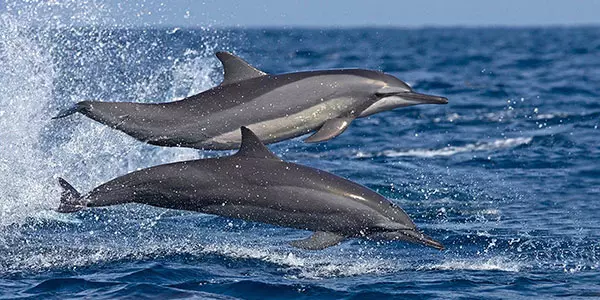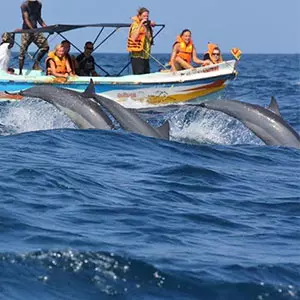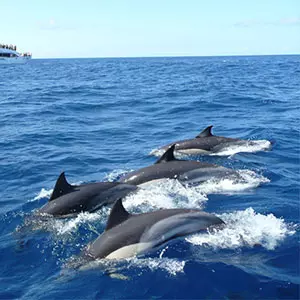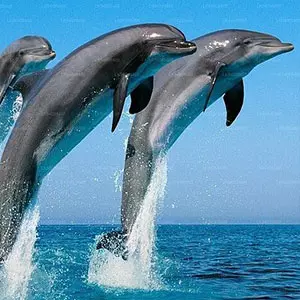Whale and Dolphin Watching in Sri Lanka - Where, When, and How
Because of its wealth of ancient ruins, lush tea plantations, and mouthwatering cuisine, it's no wonder why Sri Lanka is at the top of many visitors' must-see destinations. Like all other tours, going whale watching in Sri Lanka is also a once-in-a-lifetime experience.
While there are other places to go whale watching, Sri Lanka has risen to the top of your list. This tropical island has it all: palm-fringed beaches, multi-faith pilgrimage towns, whale watching, exploring lush forests, and vibrant art. It's a fascinating and memorable place to explore.
Why Should You Choose Whale Watching in Sri Lanka?
As one of the most biodiverse countries in Asia, if not the world, Sri Lanka is a wildlife sanctuary. Did you know that Sri Lanka is home to over 20 national parks? On the other hand, it's an island country, after all, so marine life is plentiful. The surrounding oceans provide healthy habitats for several sea creatures, including various whale types
If you go on a whale-watching trip in Sri Lanka, you're likely to see blue whales, sperm whales, humpbacks, Bryde's whales, and Dolphins among other species. Sri Lanka is one of the world's top two or three destinations for seeing them.
What Makes Sri Lanka the Best Choice for Whale Watching Tours?
Why is this such a sought-after spot? The whales come here to feed on the abundant krill in the area, but they also migrate annually between the Bay of Bengal and the Arabian Sea, passing via the Sri Lankan coast. The movement, which British marine scientist Charles Anderson first saw in 1999, is now recognized as one of the world's most important cetacean migration corridors. Continue reading to learn about the best places in Sri Lanka to go whale watching.
The Best Places for Whale-Watching in Sri Lanka
Southern Sri Lanka Whale Watching
Southern Sri Lanka's beaches have it all: stilt fishermen, surfers, and rocky coves. Yala National Park has the world's biggest population of leopards, and the small township of Rekawa, where turtles are watched nightly, both have lots of wildlife. The southern part of Sri Lanka is a great location to get back in touch with nature, whether you want to go snorkeling or sit and watch the waves lapping at the beach from a rustic café.
Whale Watching in Mirissa
Mirissa is a charming seaside town and one of the finest places in Sri Lanka to go whale watching. Its placement on the continental shelf, where ocean depths may exceed 1km only a few kilometers offshore, makes it an ideal place to go whale watching.
Many tour companies provide dolphin and whale watching trips from Weligama Bay, most of which depart from Mirissa Harbour in the island's south. Some touts also sell tickets for Mirissa beach whale viewing for less than the official fee. Even still, if you want the most environmentally and safety-conscious excursion, choose us some of our boats can accommodate as little as eight people, and others that can accommodate over fifty people. To maximize your chances of seeing a blue whale or sperm, tours depart at 6 a.m. and stay out on the ocean for three to four hours.
The Mirissa Whale Watching Season
From November through April, when the waters surrounding Mirissa are calm, Sri Lankans may go whale watching. During the remainder of the year, the weather is monsoon-like, making travel by boat difficult.
In Mirissa, the whales migrate from the southern to northern hemispheres between November and April. During these months, the seas surrounding Mirissa are a great feeding area for whales, which accounts for its ubiquity.
From November to April, the most frequent whales to be seen in Mirissa are blue whales. Sperm whales, humpback whales, and Bryde's whales are all possible sightings. Blue whales have a tongue as heavy as an elephant, so seeing one in the wild was high on our list of things to do.
Mirissa whale watching price
Adult 80 USD + tax
Child 5-11.99 years old, 60 USD + tax
Children up to 4.99 years old are free
Government Tax is 20 USD per person
Eastern Sri Lanka Whale Watching
There are sandy beaches, beautiful coastal scenery, and a network of canals to explore in Sri Lanka's eastern provinces. When compared to Colombo, it's a lot quieter here yet just as interesting nevertheless. There are world-class surf spots like Arugam Bay and Lahugala National Park, where you may even see some elephants.
Whale Watching Trincomalee
Trincomalee is less developed than other coastal cities like Mirissa and Kalpitiya, yet that adds to its appeal. Blue whale sightings are possible eight nautical miles east of Trincomalee (about 30 minutes by boat). This is a once-in-a-lifetime opportunity. Let's say your sea legs aren't up to the challenge. Visit Swami Rock if you're in the area. Observing whale flukes breaking the water from the top of this very high and steep cliff is a wonderful way to see the town, the shoreline, and the deep blue seas below.
Pigeon Island National Park, which is home to tropical fish and living coral, lies only 1 km off the shore of the small hamlet of Nilaveli. If you're fortunate, you could be snorkeling with a turtle or perhaps a whale, thanks to local tour companies who can arrange it for you.
The months of March/April–August/September are ideal for whale viewing at Trincomalee.
The cost of whale watching at Trincomalee ranges from $60 to USD 100
Western Sri Lanka Whale Watching (Colombo and the west coast)
Since it is the most developed region of the country, the west of Sri Lanka differs greatly from the country's south. This stretch of shore is designed for huge swaths of tourists since it's home to the major airport and international gateway. There's still much to see and do here, from the peaceful marshes of Muthurajawela to Wilpattu National Park, Sri Lanka's biggest national park and a lesser-known whale-watching hotspot.
Kalpitiya Whale Watching
It's not far from Chilaw on the Kalpitiya peninsula, filled with beaches, lagoons, and ancient monuments. In the last ten years, whale sightings have increased significantly, with sperm whales diving to capture a huge squid in the process. There's a good possibility you'll witness a majestic blue whale if you're blessed. There is a high chance of probability you will see dolphins here.
Hotels, campgrounds, and guesthouses around Kalpitiya are happy to help visitors organize whale-watching excursions. Most excursions begin before dawn and continue for three hours or more. Travelers should avoid the monsoon season to avoid the rough waters.
The best time to go whale watching at Kalpitiya is from November through March or April.
Kalpitiya whale watching rough prices: US$100 per person
Responsible Whale Watching in Sri Lanka
In Sri Lanka's tourist business, whale watching is still a developing segment. It's critical for both you and the whales that you have a safe and enjoyable whale-watching trip. we make sure we carry-out operation in accordance with Whale and Dolphin Conservation Society (WDCS).
Whale Watching in Sri Lanka with us (Authentic Sri Lanka Travels)
Whale watching is one of Sri Lanka's most exciting and adventurous activities. However, as mentioned, the tour operator you choose must adhere to international whale watching standards and safeguard the majestic creatures they will be showing you during the trip. One of our top priorities is ensuring the safety of both you and those creatures. In addition, when whale watching, we take the following safety precautions:
First, keep the boat as far away from whales and dolphins as possible for safety reasons.
We never cross the whales' course
The sailing boats we use are safe and efficient, ensuring your overall safety while reducing pollution in the ocean.

